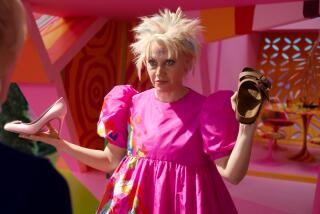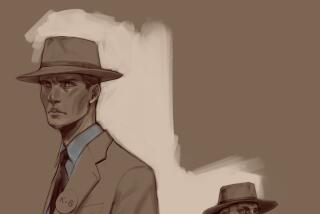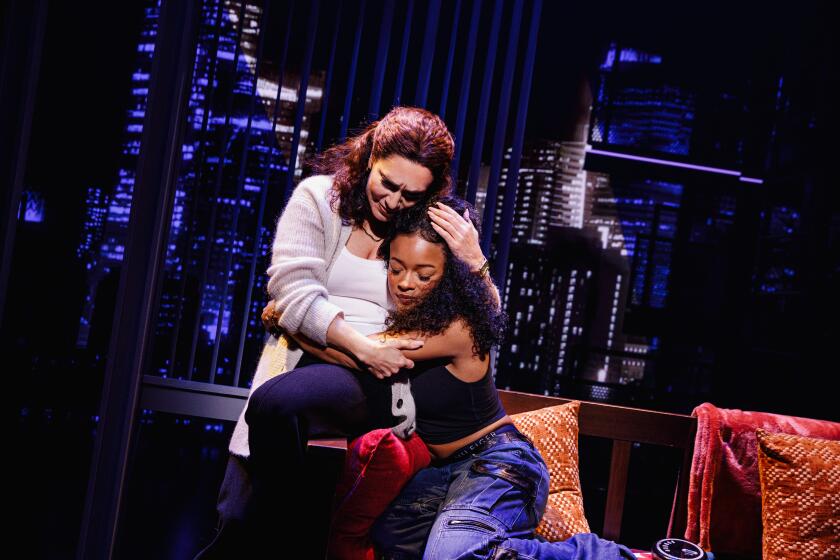Q&A: ‘Suffragette’ costume designer says the film called for subtlety, not a fashion showcase
The early 20th century suffragettes were many things — determined, brave, committed. But they were also brilliant marketers with a highly particular visual look in their sashes, badges, hats and medals — even down to the colors for the women in the U.K. (purple, white and green) versus the American women (purple, white and gold). And, they were bold and aggressive, even by today’s standards, let alone the turn of the 20th century.
“You’re so right on that,” says Jane Petrie, costume designer for “Suffragette,” Focus Feature’s October release about the movement to gain the vote for women, which is told from the viewpoint of working women. Written, directed and produced by women with a female-heavy cast and crew, it centers on 24-year old East End working-class laundress Maude Watts, played by Carey Mulligan, whose extreme poverty gives rise to her joining the cause.
See more of Entertainment’s top stories on Facebook >>
“I read they were the first branded visually marketed social movement,” says Petrie. “They were tough and smart. And this made it fun to research and try to get right costume-wise.”
Would the costumes have been different had “Suffragette” been produced/written/directed by men? Was it different working with all women?
No, I don’t think so, not with this story and what we were going for. I’ve worked with women producers and directors before. What was so different was normally I’d have to dress 17 speaking roles in a film and sometimes only two would be women. Now, I’m dressing 17 speaking roles and they’re all women! These were 17 clearly defined characters and they’re not men. That was a great and fun challenge for me.
Watch Q&As with the ‘Suffragette’ cast and crew

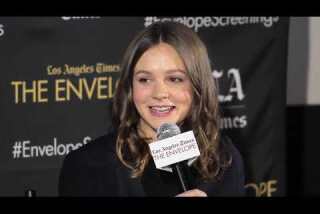
'Suffragette': Carey Mulligan's maturity is reflected onscreen

'Suffragette': Revisiting the treatment of women during the movement
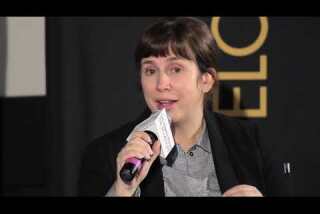
'Suffragette': Driving the story to a compelling place
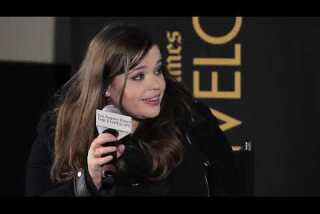
'Suffragette': How the script came to life with the right actors
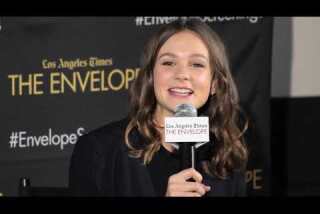
'Suffragette': What it took to get Meryl Streep

'Suffragette': Why it's relevant for today's women
Women’s clothes at the turn of the 20th century are not particularly sexy or rebellious — that came later. Yet these women were hardcore rebels. How did that contradiction play into the costumes?
I’ll tell you one thing, it left a lot of vintage clothes for me to choose from because women who like to dress in vintage are not as interested in this era as they are with the ‘20s, ‘30s and onward. [Even so] this was not a film to showcase the clothes; it wasn’t that kind of film. It had to be as subtle and real as possible. Which I think it is. We even had Emmeline Pankhurst’s great-granddaughter Helen and her daughter [Laura Pankhurst] in the funeral scene and I think also the horse-race spectator scene. They were really there on set and very present. Can you imagine?
I understand most of the clothes were vintage and you repaired them. That was a tall order.
One reason I was interested in doing this film was because of its realness. Although I trained in period costume, I’ve gotten a bit of a name in contemporary urban realism, and I was excited to apply that to period; I felt “Suffragette” could work really, really well in that vein. And I knew given all the costume houses in Paris and London I could do the film using real clothes.
I thought, “Yes, the clothes are tired, and 100 years old, but I really might get poverty onto the screen.” It’s hard because you have to clean everything up; it’s not that easy to make healthy people look good in on-screen poverty roles. I really wanted that look and feel of poverty.
This is early “Downton Abbey” era so we can clearly see the difference between upper-class women, who are dressed elaborately, and working women, who have plain, wool, sturdy and very few clothes. Yet, they stand as suffragettes side-by-side.
Right. Wealthier women today don’t necessarily look that different than working women. The oppressiveness of their clothes and their manners held them back. They weren’t as feisty as the working women.
And the bright colors of the era were from mostly the upper-class women and their silk dresses. Sturdy day wear had more dark, practical and neutral tones so that’s why the film lacks the bright, light colors. Since we were working from original stock, working women would not have need for fancy dresses, and the sturdier more practical clothes in dark colors were the things to survive.
Were the funeral and jail costumes historic or stylized?
Historically, the women did all turn out in white with black sashes for [suffragette Emily Davison’s] funeral, so that came off of the page. But they would have been all white — and we were going for all-white — but because we were only using original stock, there was a mixture of creams, ivories and whites done in linen and lots of cotton.
But we designed the jail costumes ourselves. The original look was more structured and bold and we kind of washed it all out; it all looked more loose and bleak because we didn’t want anything too theatrical. We pulled back on that.
What about the fabulous military-esque badges the suffragettes wore — how did you create those? Did the actresses get to keep them?
We all got one as a gift at the end, so yes, everybody got a medal. Doing research I learned that the British company Toye, Kenning and Spencer still makes medals, and I contacted them directly because they’d made the original suffragette badges and ribbons. The [Women’s Social and Political Union] presented the women with these medals when they got out of prison; and they got bars on them if they went on a hunger strike. This company actually found the original die casts and so we had them made from the original molds. It was an amazing thread of continuity.
When researching this, did you learn anything new about the suffragette movement? These women remind me of the Black Panthers with their highly visual uniform costumes, genius marketing, aggressive stance and how they played that to the media.
I learned how ready women were. You know people say the 20th century women’s movement happened because when men went to war then suddenly women had all these opportunities to work in factories; they got jobs and did men’s work and that it was unexpected. But after my research, I thought, “No, women were ready, they were so ready.” It was not about suddenly getting new roles because the men weren’t available; they were kicking the doors down to get at them and when the doors came down they just walked right in.
Follow The Times’ complete coverage of the Golden Globes and Oscars
More to Read
From the Oscars to the Emmys.
Get the Envelope newsletter for exclusive awards season coverage, behind-the-scenes stories from the Envelope podcast and columnist Glenn Whipp’s must-read analysis.
You may occasionally receive promotional content from the Los Angeles Times.
